Entry Category: School Desegregation
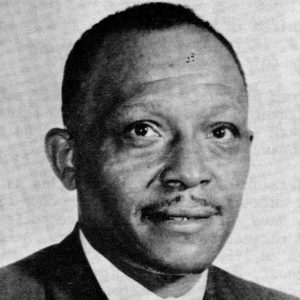 Edwin L. Hawkins
Edwin L. Hawkins
Hawkins, Edwin Luther, Sr.
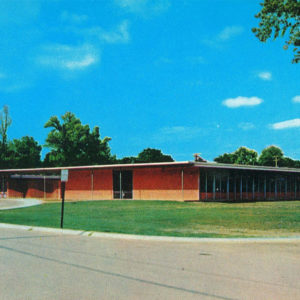 Horace Mann High School
Horace Mann High School
Hot Springs Schools, Desegregation of
Hoxie Schools, Desegregation of
Huckaby, Elizabeth Paisley
Hunt, Silas Herbert
Iggers, Wilma Abeles
 Johnson Campaign
Johnson Campaign
 Johnson vs. Rockefeller
Johnson vs. Rockefeller
Johnson, James Douglas “Justice Jim”
Karlmark, Gloria Cecelia Ray
L. C. and Daisy Bates Museum
Labor Day Bombings of 1959
LaNier, Carlotta Walls
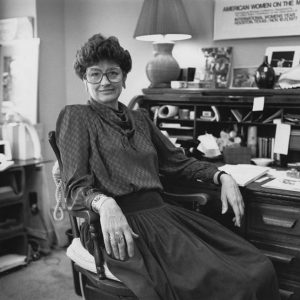 Brownie Ledbetter
Brownie Ledbetter
 Brownie Ledbetter in Germany
Brownie Ledbetter in Germany
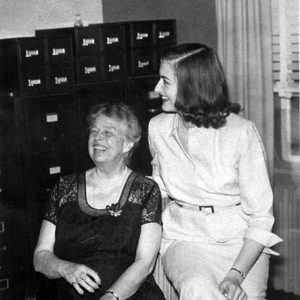 Brownie Ledbetter
Brownie Ledbetter
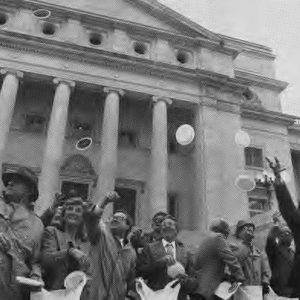 Brownie Ledbetter
Brownie Ledbetter
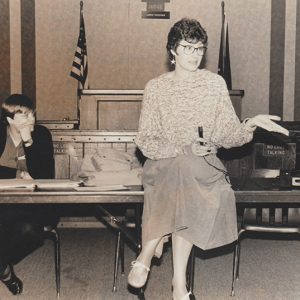 Brownie Ledbetter
Brownie Ledbetter
Ledbetter, Mary Brown “Brownie” Williams
 Little Rock Central High Museum
Little Rock Central High Museum
Little Rock Nine
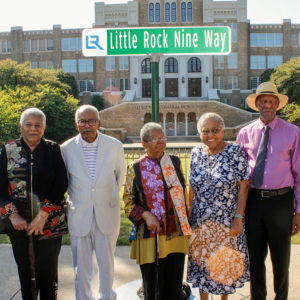 Little Rock Nine Way
Little Rock Nine Way
 Grace L. Lorch and Students
Grace L. Lorch and Students
Lorch, Grace Lonegran
Lorch, Lee
Lost Year
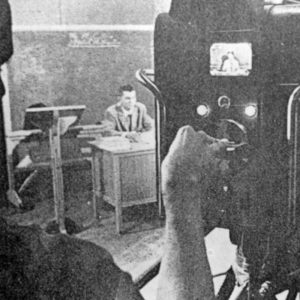 Lost Year Class
Lost Year Class
Lower Arkansas River Valley Schools, Desegregation of
McDonald, Harry Pelot
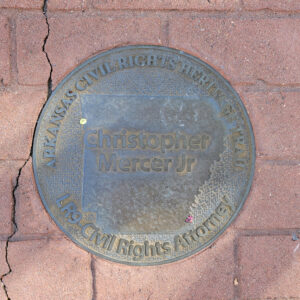 Mercer Marker
Mercer Marker
Mercer, Christopher Columbus, Jr.
Mothers’ League of Central High School
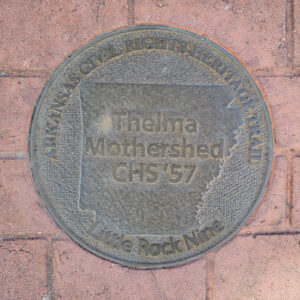 Mothershed Marker
Mothershed Marker
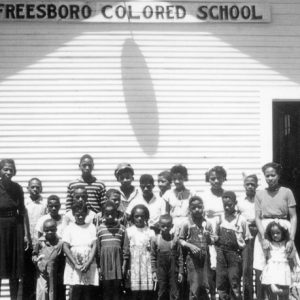 Murfreesboro Colored School
Murfreesboro Colored School
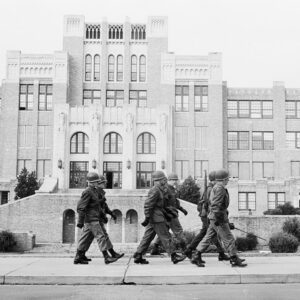 National Guard at Central
National Guard at Central
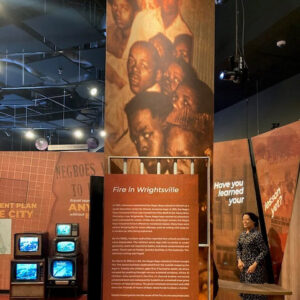 Negro Boys Industrial School Fire Display
Negro Boys Industrial School Fire Display
Negro Boys Industrial School Fire of 1959
aka: Wrightsville Fire of 1959
North Little Rock Six
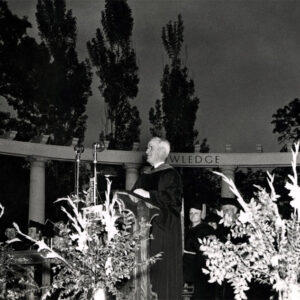 Dunbar H. Ogden
Dunbar H. Ogden
Ogden, Dunbar H., Jr.
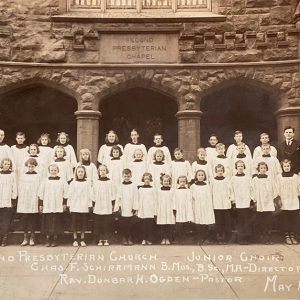 Rev. Ogden and Choir
Rev. Ogden and Choir
Ozark Schools, Desegregation of
 Patillo Marker
Patillo Marker
Preston, Alice L.
 Alice Preston
Alice Preston




